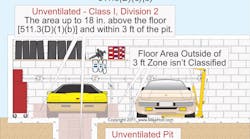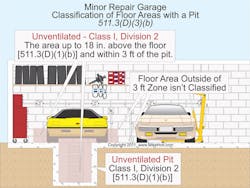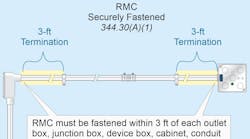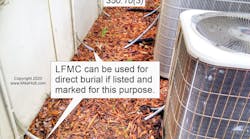Q. In a minor repair garage where flammable liquids won't be dispensed or transferred, what are the classification rules?
A. In minor repair garages, if flammable liquids won't be dispensed or transferred, the classification of (D)(1), (D)(2), and (D)(3) apply [511.3(D)].
1) Floor areas. Floor areas are unclassified, except pit areas are classified as follows:
• The pit area can be unclassified if there's a minimum of four air changes per hour.
• Ventilation not provided: The pit area is classified as Class I, Division 2 up to the floor level.
2) Ceiling areas. The ceiling area is unclassified if natural gas or hydrogen won't be transferred.
3) Pit areas in lubrication or service room. Pit areas must be classified according to (a) or (b).
a) Ventilation provided: The pit area is unclassified if there's a minimum of 1 cfm/sq ft of the floor area at all times that the building is occupied or when vehicles are parked in or over this area.
b) Ventilation not provided: The pit area is classified as Class I, Division 2 up to 18 in. above floor level and extending out 3 ft, as shown in the Figure.
Areas adjacent to classified locations aren't classified if mechanically ventilated at a rate of four or more air changes per hour, or when walls or partitions effectively cut off the adjacent area [511.3(E)(1)].
The storage, handling, or dispensing into motor vehicles of alcohol-based windshield washer fluid in areas used for the service and repair operations of the vehicles doesn't cause such areas to be classified as hazardous (classified) locations [511.3(E)(2)]. Windshield washer fluid isn't flammable.





